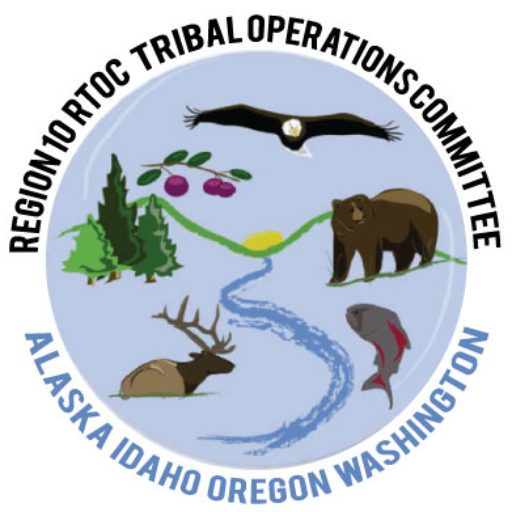The U.S. Environmental Protection Agency (EPA) is initiating consultation with federally recognized Indian Tribes to obtain input on the Agency’s proposed action titled, “Review of the Secondary National Ambient Air Quality Standards for Ecological Effects of Oxides of Nitrogen, Oxides of Sulfur and Particulate Matter.” This action announces the Agency’s proposed decisions in the current review of the air quality criteria and secondary (welfare-based) national ambient air quality standards (NAAQS) for ecological effects of nitrogen oxides (N oxides), sulfur oxides (SOx), and particulate matter (PM).
The Administrator is proposing that the current short-term secondary sulfur dioxide (SO2) standard is not requisite to protect the public welfare from known or anticipated adverse effects associated with the presence of SOX in ambient air, including particularly deposition-related effects, and that it should be revised to also provide such protection against effects related to deposition of sulfur compounds to ecosystems. Specifically, the EPA is proposing to revise the existing standard to be an annual average standard, averaged over 3 years, with a level within the range from 10 to 15 parts per billion (ppb). The EPA solicits comments on this proposal. The EPA also solicits comment on the alternate options of setting the level for a new annual average standard (averaged over 3 years) in the range from 5 to 10 ppb, and on revising the existing secondary standard to be identical to the existing primary standard in all respects. Further, the EPA solicits comments on retaining the existing 3-hour standard, in addition to establishing a new annual secondary standard. The EPA also proposes revisions to the data handling requirements for SO2 monitoring data to include specifications needed for the proposed secondary SO2 annual standard. The Administrator is also proposing to retain the secondary nitrogen dioxide (NO2) and PM standards, without revision. The EPA solicits comment on alternative approaches of revising the form of the existing NO2 standard to a 3-year average and the level to a value within the range from 35 to 40 ppb; and of revising the secondary PM2.5 annual standard (with PM2.5 referring to particles with a nominal mean aerodynamic diameter less than or equal to 2.5 micrometers) to a level of 12 micrograms per meter cubed.
This NAAQS review focuses on the adequacy of protection provided by the current secondary standards for SOx, N oxides, and PM for both direct effects from these pollutants in the air and ecological effects related to the deposition of nitrogen and sulfur. These deposition effects were not considered when the existing secondary standards for SOx, NOx, and PM were put in place. Some of these standards are more than 50 years old. Although historic atmospheric deposition, and particularly acid deposition, has impacted waterbodies and forests of the northeast, emissions of SO2 and NOx, and deposition of nitrogen and sulfur, have appreciably declined over the past four decades. This proposal recognizes the need to bring the secondary SO2 standards in line with current science to “lock in” improvements and ensure that air pollution concentrations do not return to historical levels.
If you are interested in requesting government-to-government consultation with the EPA, please contact Regina Chappell at (919) 541-3650 or email at chappell.regina@epa.gov. Please contact us by May 31, 2024, to request the consultation. The EPA will strive to accommodate the requests as time and resources permit. Tribes may also submit written comments at https://www.regulations.gov/, Docket ID No. EPA-HQ-OAR-2014-0128, any time during the open comment period following publication in the Federal Register. For additional information on this proposed rulemaking, please visit https://www.epa.gov/naaqs/nitrogen-dioxide-no2-and-sulfur-dioxide-so2-secondary-air-quality-standards.

Recent Comments